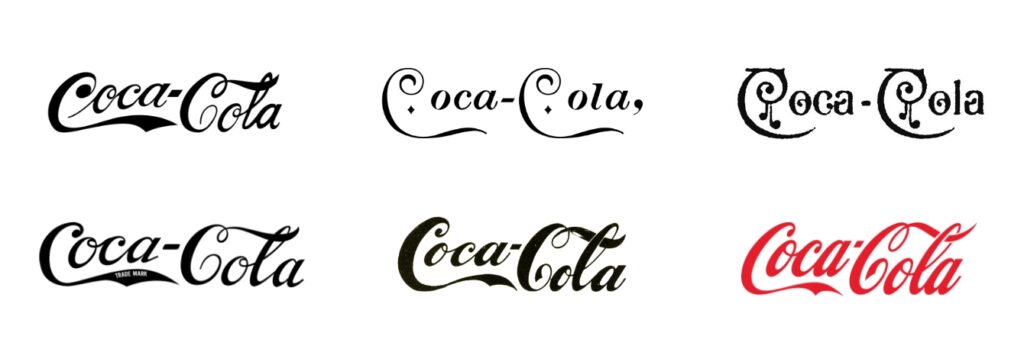Refreshing your brand identity can be a transformative move to stay competitive. Over time, even the most established brands need a refresh to align with modern trends, audience expectations, and business growth. However, a poorly executed update can do more harm than good. Making abrupt changes—such as redesigning your logo without considering customer recognition—can confuse loyal customers and weaken brand trust.
This step-by-step guide will walk you through the process of refreshing your brand identity while maintaining its core equity.
Why Refresh Your Brand Identity?
A brand identity refresh is about refining and modernising your existing identity to better resonate with your audience. Here are some common purposes:
- Adapt to Changing Market Trends: A refresh can help align your brand with contemporary aesthetics, technologies, and consumer expectations.
- Reconnect with Your Audience: As demographics shift or your target market expands, updating your identity can ensure it appeals to your desired audience.
- Reflect Organisational Growth: Whether you’ve expanded services, entered new markets, or undergone internal changes, your brand identity should reflect who you are today.
- Improve Relevance: Over time, even well-established brands can appear outdated or disconnected from current trends.
- Stay Ahead of Competitors: A fresh, compelling identity can help differentiate your brand.
When to Consider a Complete Redesign
While a refresh focuses on refining your identity, certain situations may call for a full redesign:
- Significant Business Transformation: A complete shift in products, services, or audiences often requires a comprehensive new look.
- Reputation Rebuilding: After a crisis, a redesign can symbolise a fresh start.
- Mergers or Acquisitions: Combining entities often necessitates a unified and new brand identity.
- Severe Outdatedness: If your identity no longer resonates at all, starting over might be necessary.
Steps to a Successful Brand Identity Refresh
Step 1: Audit Your Current Brand Identity
Why It’s Important
Before making any changes, it’s essential to understand what’s working and what needs improvement. A brand audit helps identify strengths, weaknesses, and opportunities for refinement.
Key Areas to Evaluate
- Logo – Does it still represent your brand effectively, and is it versatile enough to be used across different applications (such as apps, packaging, labels, website etc)
- Typography – Is it modern, readable, and aligned with your message?
- Colour Palette – Does it evoke the right emotions and differentiate your brand?
- Messaging & Tagline – Is your brand voice consistent and compelling?
- Digital Presence – Are your website and social media channels visually cohesive?

Example: Apple’s logo has undergone a remarkable evolution since its original design by Ronald Wayne in 1976. The intricate illustration, which depicted Isaac Newton beneath an apple tree to symbolise the concept of gravity, gradually transformed into their iconic rainbow-striped apple. Over time, the logo was streamlined further into its current minimalist form. Despite these changes, the essence of the logo has remained the same, with each iteration reflecting a subtle yet powerful shift towards simplicity and modernity.
Step 2: Define Core Brand Elements to Retain
Why It’s Important
A refresh should enhance your brand, not erase its essence. Identify the elements that are synonymous with your brand and must remain intact.
How to Determine Core Elements
- Customer Recognition – What visual or verbal cues do your customers instantly associate with you?
- Legacy & Heritage – If your brand has a rich history, what should be preserved?
- Market Differentiation – Which aspects set you apart from competitors?

Example: Coca-Cola has refined its packaging and typography over the years but has kept its signature script logotype. This consistent visual identity has not only endured but has continued to resonate with generations, maintaining a timeless connection to its brand heritage.
Step 3: Gather Audience Insights
Why It’s Important
Your audience’s perception of your brand is crucial. A refresh should enhance engagement rather than alienate loyal customers.
Methods to Collect Feedback
- Surveys & Polls – Ask customers what they associate with your brand and what they’d like to see updated.
- Focus Groups – Gather qualitative insights from diverse customer segments.
- A/B Testing – Test updated logos, colour schemes, or messaging before fully committing.
Step 4: Implement the Brand Refresh Gradually
Why It’s Important
A sudden overhaul can confuse or alienate customers. A phased approach ensures a smooth transition.
Best Practices for a Gradual Refresh
- Soft Launch New Elements – Start with small updates, like refining typography or colour shades.
- Introduce Changes Across Touchpoints – Apply updates consistently across your website, social media, and packaging.
- Communicate the Evolution – Share the reasoning behind the refresh to gain audience buy-in.

Example: Qantas has incrementally updated its kangaroo logo over the years, preserving its essence while modernising its appeal.
Step 5: Maintain Consistency Across All Channels
Why It’s Important
A brand refresh must be cohesive to strengthen recognition and trust.
How to Ensure Consistency
- Create a Brand Style Guide – Document updated design elements and messaging guidelines.
- Update All Digital & Print Assets – Ensure logos, fonts, and colours are uniform across platforms.
- Train Your Team – Educate employees on the refreshed brand identity for consistent representation.
Step 6: Avoid Common Brand Refresh Mistakes
Common Mistakes and How to Fix Them
- Overcomplication – A refresh should simplify and modernise, not add unnecessary complexity. Keep changes purposeful and aligned with your brand’s core identity.
- Neglecting Customer Perception – Ignoring audience feedback can result in backlash. Engage customers early and ensure their preferences are considered.
- Losing Brand Recognition – A drastic change can alienate loyal customers. Retain key brand elements like colour, typography, or logo structure.
Conclusion: Evolving Your Brand Identity for Tomorrow
Refreshing your brand identity is a powerful way to stay relevant while honouring your brand’s legacy. By following a structured approach—starting with an audit, defining essential elements, gathering audience insights, and implementing changes gradually—you can strengthen your brand’s position in the market without losing brand equity and recognition.
